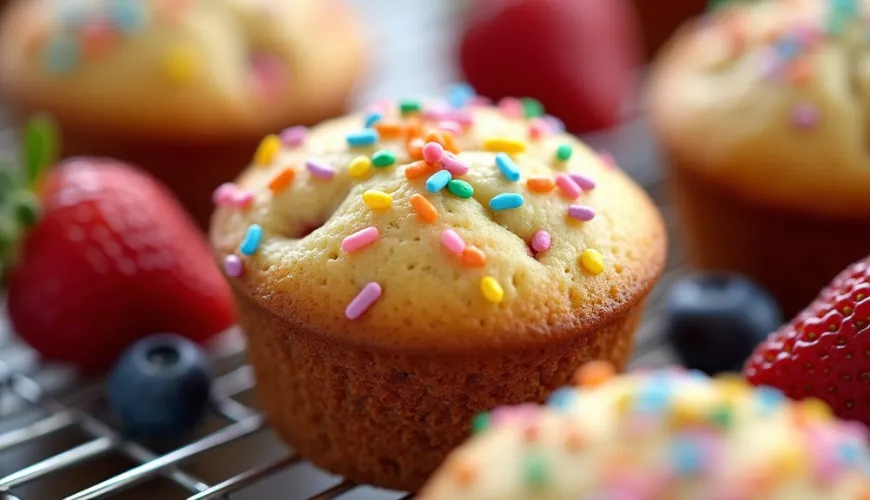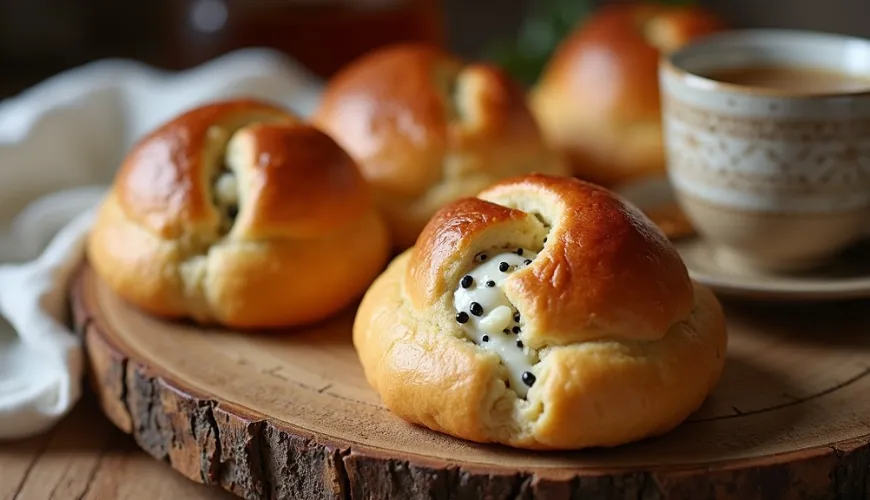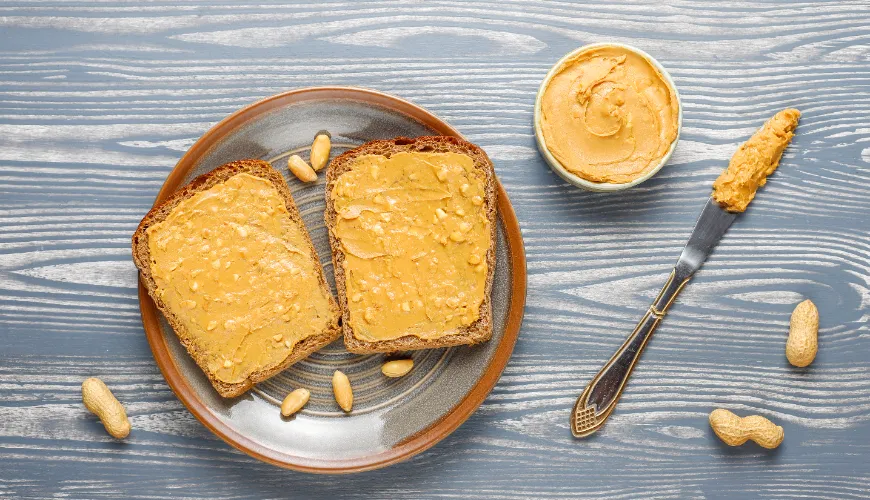
Grandma's Yeast Dough and the Secret to Perfect Baking

How Grandma's Yeast Dough Survives Generations and Why It Still Has a Place in the Modern Kitchen
The scent of freshly baked pastries melting in your mouth. A slightly crispy surface underneath which lies a moist, sweet filling – quark, poppy seeds, plum jam, or nuts. And all of this thanks to dough that can be as delicate as a feather yet maintains shape and flavor. Grandma's yeast dough – a term that still evokes memories of childhood, Sunday afternoons, or the smell of grandma's kitchen in many Czech families.
Although the world of gastronomy has undergone significant changes over the past few decades, and instead of traditional recipes, people often look for ways to shorten preparation using semi-products or instant mixes, our grandmothers' recipes still hold their place firmly. It's not just about nostalgia. It's also about taste, quality of ingredients, and the craftsmanship knowledge often passed down orally from generation to generation.
Why Grandma's Yeast Dough Cannot Be Replaced
Yeast dough is alchemy. It's not just flour, water, sugar, and yeast. It's also patience, experience, and intuition. Every housewife knows that the dough must "rest," it must be soft but not runny, it needs to "breathe" a little. And that's where the magic of recipes, perfected over decades through many trials and errors, lies.
The yeast dough that only grandma could make had one essential quality – it was always just right. Neither too heavy nor too airy, it held its shape, didn't stick to hands, yet stretched beautifully. And what's more – it worked universally. The basic recipe was suitable for pastries, cakes, wreaths, turnovers, and strudels. You just needed to adjust the sugar or fat ratio, and the result was always guaranteed.
A lady named Marie, who bakes according to her mother's recipes every weekend for her entire family, says: "I've tried various modern versions of yeast dough, but I always return to what my mother taught me. When I have a piece of fresh pastry like the one we had every Sunday at grandma's, it's like a soothing touch to the soul."
Yeast Dough as Cultural Heritage
When speaking of traditional Czech cuisine, most people first think of svíčková, goulash, or dumplings. But sweet pastries made from yeast dough are a much deeper layer of our culinary identity. Yeast pastries, cakes, frgály, or Moravian koláčky – these are the dishes that originated in households across the country and carry a piece of history.
Besides being tasty and filling, they also had practical significance. Pastries could be baked the day before and taken along on trips or as a snack in the fields. Cakes were baked on festive occasions, weddings, or feasts, often having symbolic meaning – the circular shape could remind one of the sun or eternity.
Today, this aspect of the kitchen is coming to the forefront again. People increasingly appreciate honest, handmade meals, so recipes for yeast dough are reappearing in family cookbooks or blog entries. It's not just about precise grams and milliliters, but also about the story that comes with each recipe.
The Secret to Perfect Yeast Dough
The basic ingredients haven't changed much since our grandmothers' times: flour, milk, sugar, yeast, butter, eggs. But the difference often lies in the preparation method. Grandmothers knew that the dough must be warm but not hot. That yeast must not be "burned" by too hot milk. That the best place for rising is a calm, warm spot without drafts. And above all, that the dough needs time.
Today, when everything speeds up and people look for "ready in 30 minutes" recipes, preparing yeast dough might seem outdated. But that's precisely where the magic lies – slowing down, tuning into the dough's rhythm, watching it grow, and then crafting it with love. The result is not only a taste-perfect creation but also a feeling of connecting with something deeper.
And what if the dough doesn't rise? What if it's too sticky or dry? That all happens. But it's all part of a process that teaches patience and humility – values that are slowly fading in today's world.
Yeast Dough in a Modern Approach – Can It Be Made Healthy?
Many advocates of healthy eating avoid yeast dough – the high content of white flour, sugar, and fat is not exactly the ideal combination. But can anything be done about it? Yes. There are many ways to slightly modify the classic recipe to be more nutritious while maintaining its flavor.
One tip is to use whole grain or spelt flour, which has a higher fiber and mineral content. Instead of white sugar, you can use cane sugar, coconut sugar, or even blended dates. The fat can be replaced with quality vegetable oil or ghee butter, and milk with oat or almond drink.
The result won't be exactly the same experience as classic yeast pastries, but it will be a compromise between tradition and a healthy lifestyle. And what’s more – children will enjoy it, and you know you’re not giving them empty calories.
A Recipe That Survives Every Generation
If there is one recipe worth learning by heart and passing on, it's grandma's yeast dough. Not just for its taste, but for what it represents – family unity, the smell of home, love put into food.
Here is the classic version that many people once wrote on little papers and stuck into cookbooks:
Classic Yeast Dough:
- 500 g all-purpose flour
- 250 ml lukewarm milk
- 40 g fresh yeast
- 2 egg yolks
- 80 g sugar
- 80 g butter
- a pinch of salt
- grated lemon zest
The process is simple but requires patience. First, prepare a starter from part of the milk, sugar, and yeast. After rising, mix it with the remaining ingredients and knead the dough thoroughly – ideally by hand until smooth and non-sticky. Then let it rise in a warm place until it doubles in size. Then follows shaping, filling, and baking fragrant homemade treats.
When the whole family gathers around the table, and one pastry after another disappears from the tray, there's no doubt that some things simply don't change – and shouldn't change. Perhaps thanks to them, in today's chaotic world, we remember where we come from and what truly matters.
And so even as times move forward, grandma's yeast dough remains. As a reminder of simple joys. As a scent that awakens memories. And as a recipe that never goes out of style.

